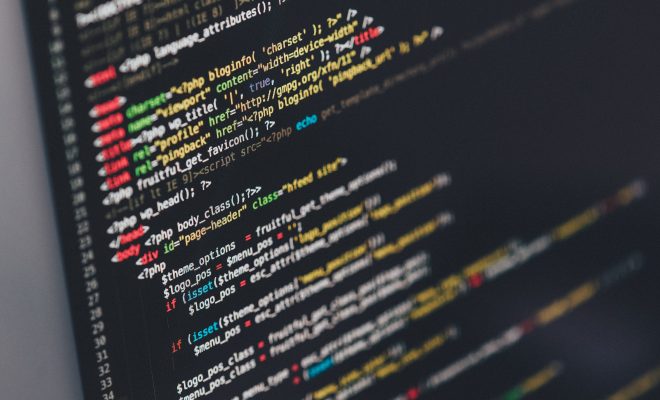Is the Edtech Industry Flunking Out or Making the Grade?

Edtech is one of the fastest growing industries, and it’s believed to offer enormous benefits to teachers, students, and schools.
Technology in the classroom can engage students, enhance learning outcomes, and foster collaboration.
But when we take a closer look, is the edtech industry flunking out or making the grade?
Industry Issues
It’s difficult for edtech startups to generate revenue, especially when the industry is dominated by giants like Google, Microsoft, Apple, and now Amazon.
The market is also oversaturated, and consolidation or dissolution is likely for many of the smaller edtech companies in the coming years. The Harvard Business Review calls this “cycle of expansion and contraction” the consolidation curve.
Ultimately, this can push out innovative new voices in the industry, leaving teachers and students with limited options from only the wealthiest companies.
Another issue in the edtech industry is that engineers with no teaching experience or pedagogical knowledge are building tools for the classroom. Even the most creative, beautiful edtech product is useless if it doesn’t enhance student learning.
To counteract this issue, many edtech companies have hired teachers as consultants. More collaboration with educators is necessary for edtech to continue making a positive impact in the future.
But despite these issues within the industry, has edtech been a success in the classroom? Let’s take a look.
Benefits of Edtech in the Classroom
In numerous surveys, teachers overwhelmingly believe that technology has a positive impact on education and helps students learn.
A CompTIA survey, for instance, found that 75% of teachers think technology enhances student achievement. 90% of students agree, stating that edtech helps them learn and will benefit them in their future careers.
Edtech can positively impact the learning experience by:
- Increasing student engagement, helping them “buy in” to what they’re learning
- Providing more opportunities for interactive lessons and collaboration
- Giving teachers the ability to personalize learning
- Teaching students digital citizenship and tech skills they’ll need in the modern workplace
- Encouraging individual learning and growth, making students more independent
- Making knowledge more accessible to students with disabilities
Since widespread use of edtech is still in its early stages, there’s little data on its measurable impact in the classroom. But initial evidence suggests that technology is having a positive effect on student learning.
Drawbacks of Edtech in the Classroom
Of course, there are some drawbacks to technology in the classroom, and not everyone agrees that it’s benefiting students.
Some teachers argue that technology can be distracting for students, and too much emphasis on technology can harm students’ interpersonal skills. Studies and surveys have found that teenagers and young adults are less social due to their excessive social media use, and some worry that technology in the classroom can only exacerbate this problem.
Another fear is that technology is hurting students’ attention spans. And edtech can make it too easy for teachers to run their classrooms entirely online, sometimes limiting important student-teacher interactions and teacher guidance.
By using technology appropriately and with boundaries, however, teachers can avoid most of these potential issues.
The Digital Divide
A more complicated problem with edtech, however, is that it’s not equally accessible to all students. Although most schools across the nation now have the ability to connect to high-speed Internet, schools in lower-income areas can’t afford the same edtech tools as wealthier schools.
David Liu, COO of learning technology provider Knewton, explains, “It can heighten the disparity between rich schools and poor schools, putting disadvantaged students even further behind because of lack of access to these tools.”
However, many experts hope that as the positive impact of edtech becomes apparent, more funding will become available for technology in low-income schools. Although edtech might temporarily widen the achievement gap, the belief is that it will eventually begin to close it. Of course, this remains to be seen.
Final Thoughts
It’s too early to conclusively decide whether the edtech industry is flunking out or making the grade.
For the most part, teachers and students seem pleased with technology in the classroom, and it appears to aid student learning. Still, more data is needed to determine the actual impact of edtech.
And there are some drawbacks, including distraction, damage to interpersonal skills, and limiting the role of the teacher. Many of these drawbacks can be avoided or managed, but a larger issue is the question of accessibility.
For edtech to truly benefit our country, it must benefit everyone, including disadvantaged students in lower-income schools.






